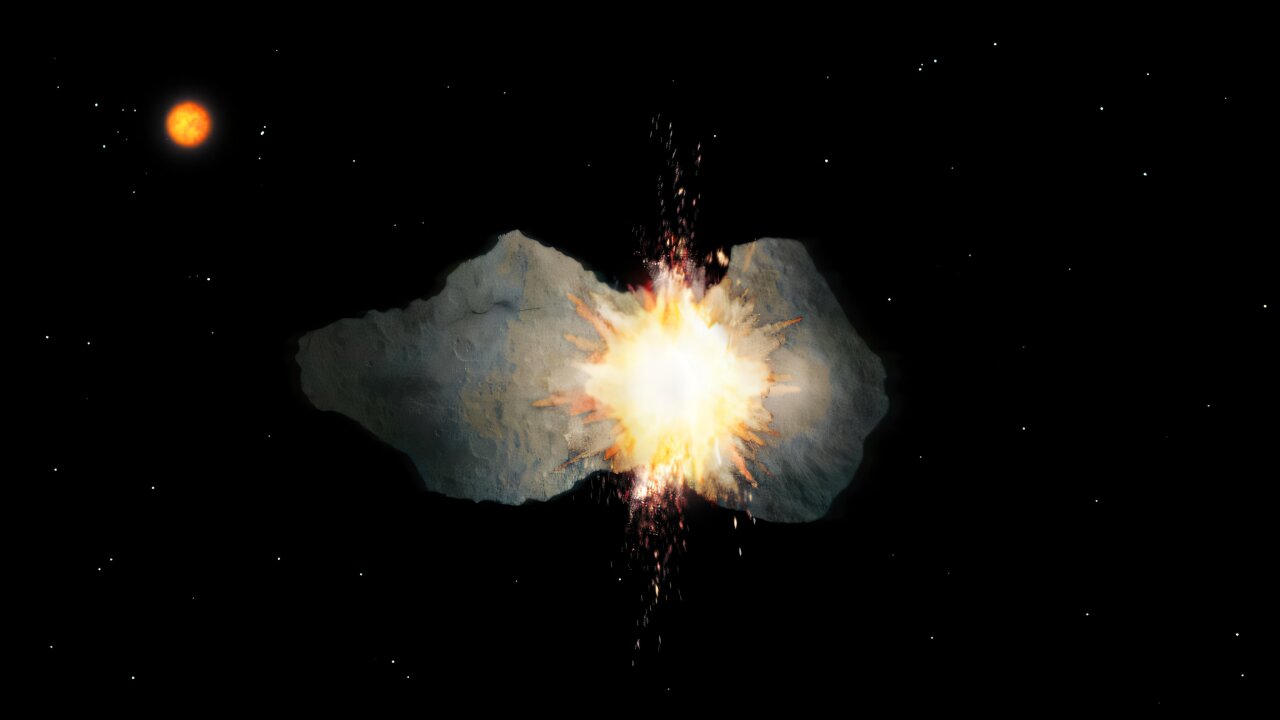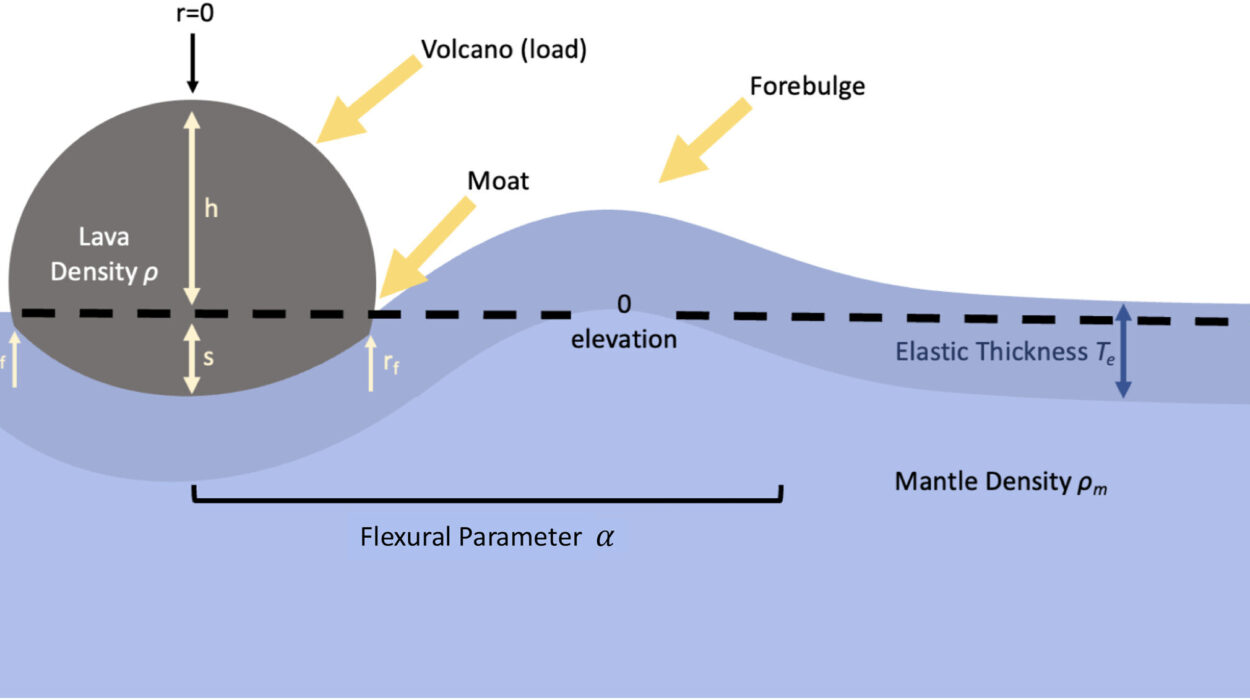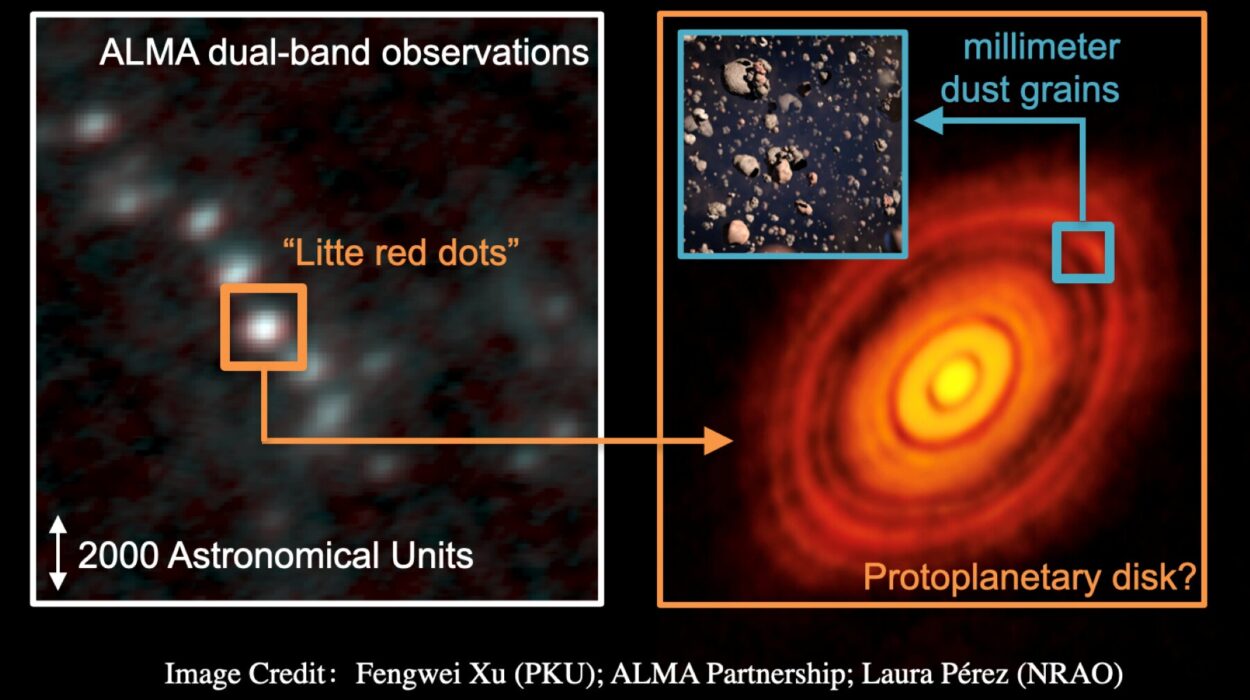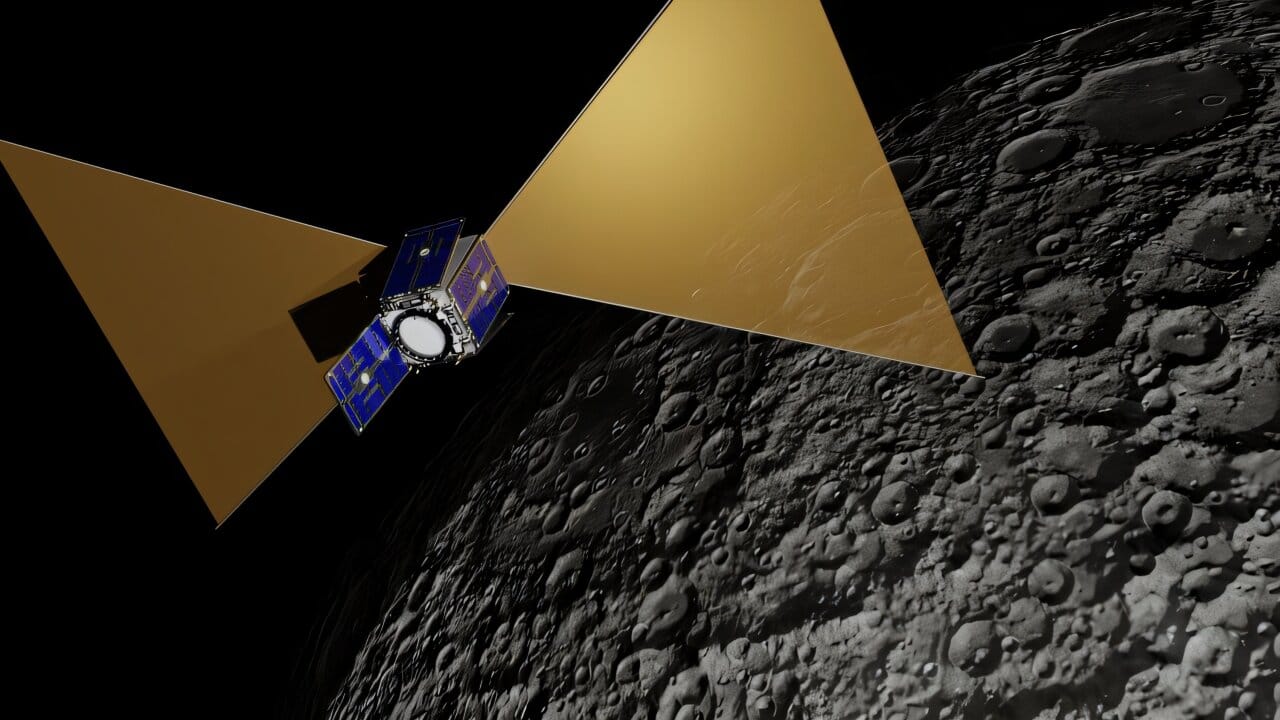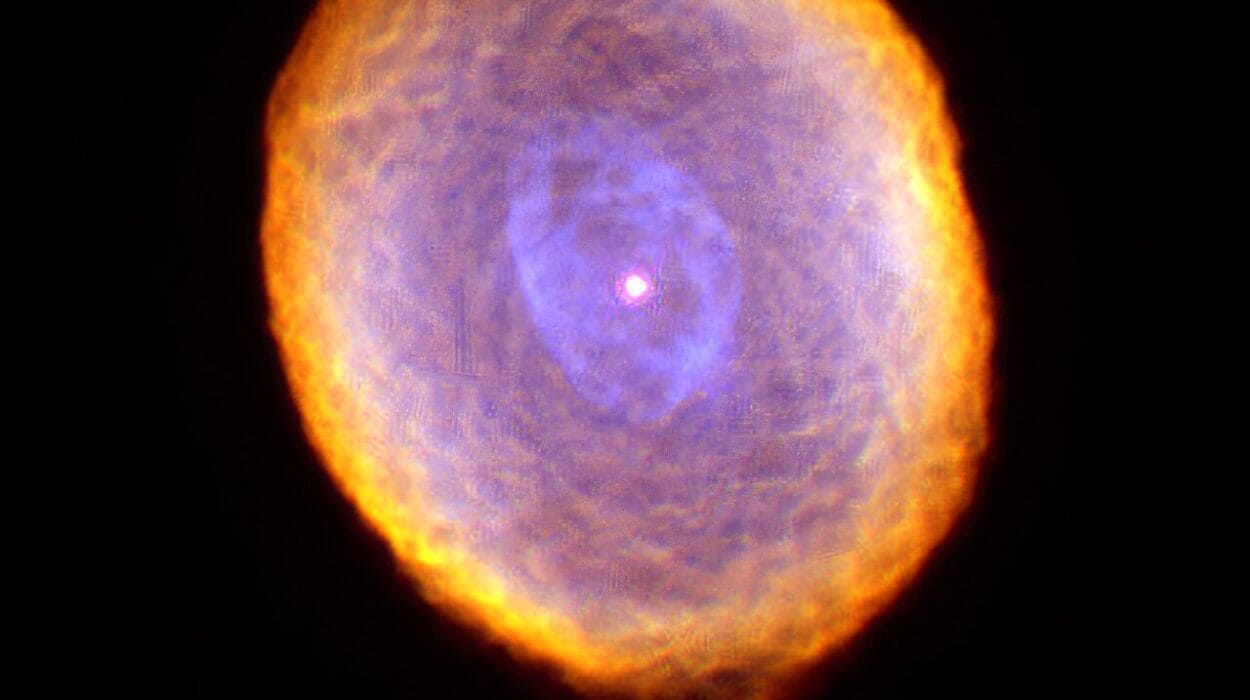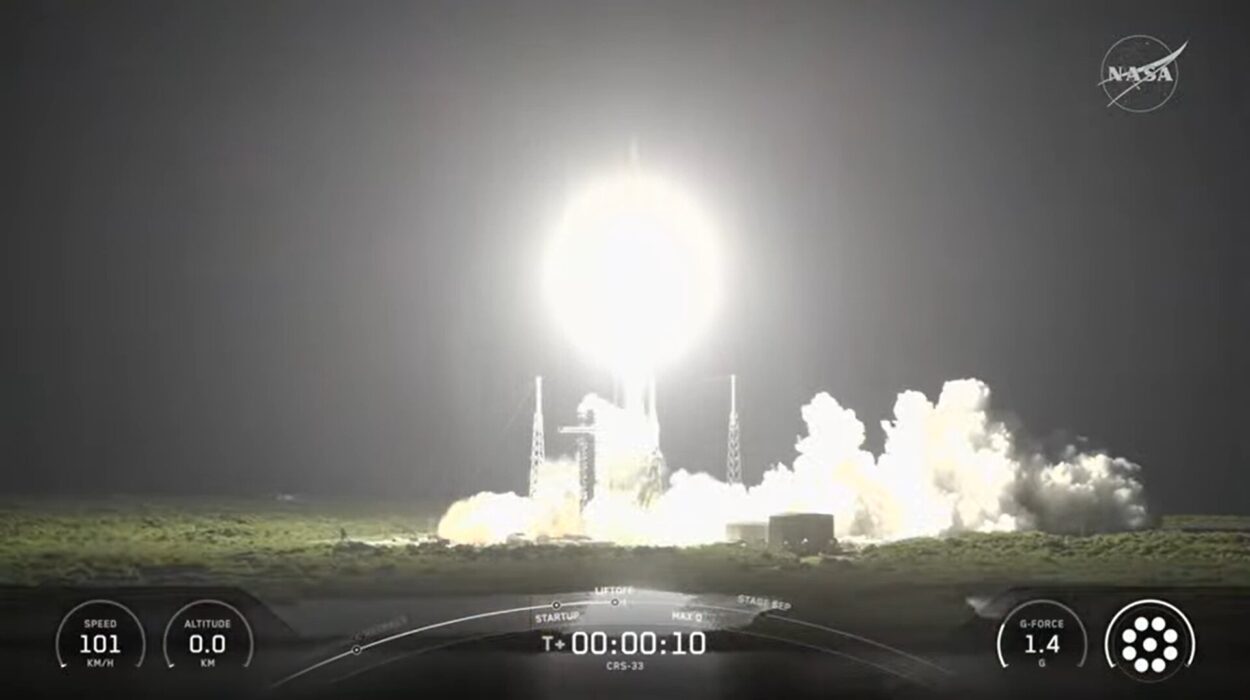High above our planet, in the silent dark of the asteroid belt, millions of rocky fragments orbit the sun. They look inert from a distance—just cold debris left over from the birth of the solar system. But in truth, these asteroids are anything but lifeless. Each one is moving, spinning, sometimes with elegance, sometimes chaotically, caught in a cosmic dance shaped by collisions, sunlight, and the hidden structure within their rocky hearts.
For decades, astronomers puzzled over an enduring mystery: why do some asteroids spin neatly on their axes like tiny planets, while others tumble chaotically as if drunk in space? And why are smaller asteroids more likely to be tumbling slowly, seemingly unable to find a steady rhythm?
The answers, revealed by a new study based on the European Space Agency’s Gaia mission and presented at the EPSC-DPS 2025 Joint Meeting in Helsinki, show that asteroid spins are not random quirks of fate. Instead, they are the natural outcome of two competing forces: violent collisions that jolt asteroids into chaotic rotation, and the quiet but steady effect of internal friction that restores order.
This breakthrough not only solves a longstanding puzzle but also opens a new window into the interiors of asteroids—knowledge that could one day help protect Earth itself.
Reading the Sky with Gaia
The European Space Agency’s Gaia spacecraft was designed to chart the stars with exquisite precision, but in doing so, it has also delivered one of the richest catalogs of asteroid data ever assembled. By observing how the brightness of asteroids changes as they rotate—known as light curves—Gaia provides astronomers with the fingerprints of rotation.
When these data are plotted on a graph of rotation period versus asteroid size, something remarkable appears: a gap. This dividing line splits the asteroid population into two distinct groups—slowly tumbling rotators on one side and faster, stable spinners on the other. For years, scientists debated what this gap might mean. Was it a mere artifact of measurement, or did it point to a deeper truth about asteroid physics?
Now, thanks to new modeling and artificial intelligence tools, Dr. Wen-Han Zhou of the University of Tokyo and his team have shown that this dividing line is no accident. It is the natural fingerprint of the cosmic tug-of-war shaping asteroid lives.
Collisions and Friction: The Two Forces of Fate
Imagine an asteroid drifting in the asteroid belt, its spin calm and stable. Then comes a collision. Another rock slams into it, not hard enough to destroy it, but enough to knock it off balance. The asteroid begins to tumble chaotically, spinning around multiple axes. This chaotic rotation is not unusual—in fact, Gaia’s data show it’s surprisingly common.
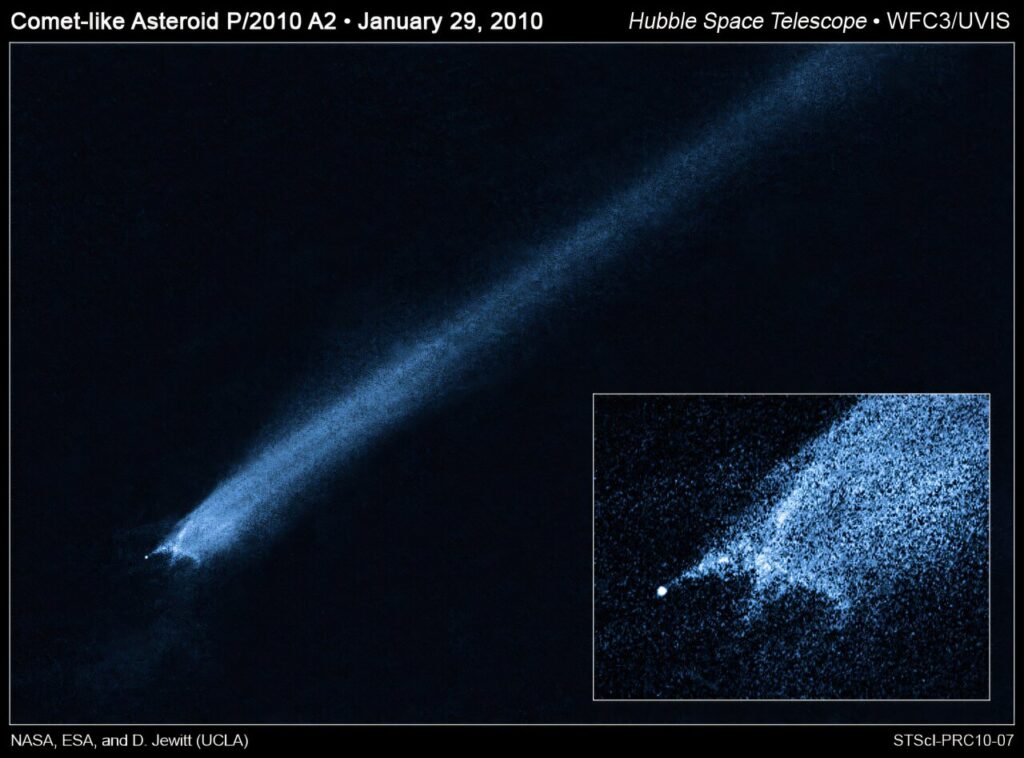
But chaos is not eternal. Inside the asteroid, friction between its fractured, loosely bound materials slowly dampens the disorder. Like a spinning top that wobbles before settling into a smooth spin, the asteroid gradually returns to a more stable rotation.
Dr. Zhou’s model shows that this balance between collisions that induce tumbling and internal friction that restores order creates the observed gap in Gaia’s asteroid rotation data. Below the gap, asteroids are trapped in a slow-tumbling state, unable to spin up. Above the gap, asteroids rotate smoothly and more rapidly, untouched—or at least recovered—from recent collisions.
This finding elegantly explains why smaller asteroids, which are more easily disturbed, are so often found tumbling. Their low spin rates make them especially vulnerable to being jolted by collisions, and once they tumble, sunlight’s subtle effects are too weak to spin them back up.
The Whisper of Sunlight
While collisions and friction are the major players, another quieter force is at work: sunlight.
When an asteroid absorbs heat from the sun and then re-emits it as infrared radiation, the photons carry momentum away, creating a tiny thrust. Over millions of years, this effect, known as the Yarkovsky–O’Keefe–Radzievskii–Paddack (YORP) effect, can alter an asteroid’s rotation speed significantly.
For asteroids spinning smoothly, sunlight’s push adds up consistently, gradually increasing or decreasing their rotation. But for tumbling asteroids, sunlight is like a whisper lost in noise. Their chaotic rotation means the re-emitted heat comes from random directions, canceling out any consistent push. As a result, tumbling asteroids remain stuck, their spin evolution frozen in the slow-rotation zone.
This subtle interplay of light and rock further reinforces the gap observed in Gaia’s dataset, showing that sunlight not only illuminates asteroids but also sculpts their fates.
What Asteroids Are Made Of
Beyond solving the mystery of their spins, this study also sheds light on what asteroids are made of. The evidence suggests that most asteroids are not solid chunks of stone but “rubble piles”—loose conglomerates of rock fragments and dust held together by gravity.
This internal weakness explains why collisions can so easily jolt them into tumbling and why internal friction acts slowly to restore order. A rigid, monolithic asteroid would respond differently, resisting tumbling and recovering faster.
Understanding whether an asteroid is a rubble pile or a solid rock is not a matter of curiosity alone. It has practical consequences for planetary defense.
Why Rotation Matters for Planetary Defense
One day, humanity may need to deflect a hazardous asteroid on a collision course with Earth. Missions like NASA’s DART, which successfully changed the orbit of the small asteroid Dimorphos in 2022, have already demonstrated that it is possible. But not all asteroids are alike. A rubble-pile asteroid would respond differently to an impact than a solid one.
If we strike a rubble-pile asteroid, much of the kinetic energy might be absorbed by shifting its loose material rather than pushing it off course. Understanding an asteroid’s internal structure is therefore crucial for designing effective deflection strategies.
Thanks to Gaia and Dr. Zhou’s team, astronomers may soon have a powerful new way of inferring asteroid interiors simply from their rotations. With forthcoming surveys like the Vera C. Rubin Observatory’s Legacy Survey of Space and Time (LSST), millions more asteroids will be cataloged, providing a treasure trove of data to refine our understanding.
In this sense, the study of tumbling rocks millions of kilometers away is not abstract—it could one day be the key to preventing a catastrophe on Earth.
A Window into the Solar System’s Past
Asteroids are time capsules, fragments left over from the solar system’s formation 4.6 billion years ago. By studying their spins, shapes, and internal structures, we learn not only how they evolve but also how the early solar system itself behaved.
Collisions that set asteroids tumbling today are echoes of the violent past when planets were forming, colliding, and accreting. The chaotic dance of asteroids is a living reminder of the processes that shaped our cosmic neighborhood.
The Poetry of Spinning Stones
What began as a puzzling graph of rotation versus size has become a profound story about the nature of asteroids, the subtle interplay of collisions, friction, and sunlight, and the secrets buried in their fractured interiors.
It is a reminder that even in the vastness of space, the smallest details matter. A photon’s push, a collision’s nudge, a grain of dust inside a rubble pile—all contribute to the destiny of a spinning rock orbiting the sun.
And as we look outward to understand these ancient worlds, we are also looking inward—preparing ourselves for the day when knowledge of asteroid physics may determine not just the fate of a rock in space, but the safety of our own fragile planet.
Asteroids, it turns out, are not silent at all. They are storytellers, spinning their history into space, waiting for us to listen.
More information: Wen-Han Zhou et al, Understanding the Long-term Rotational Evolution of Asteroids with Gaia, EPSC Abstracts (2025). DOI: 10.5194/epsc-dps2025-893
